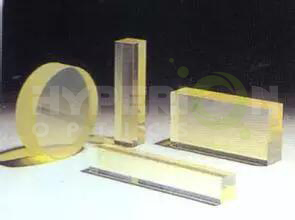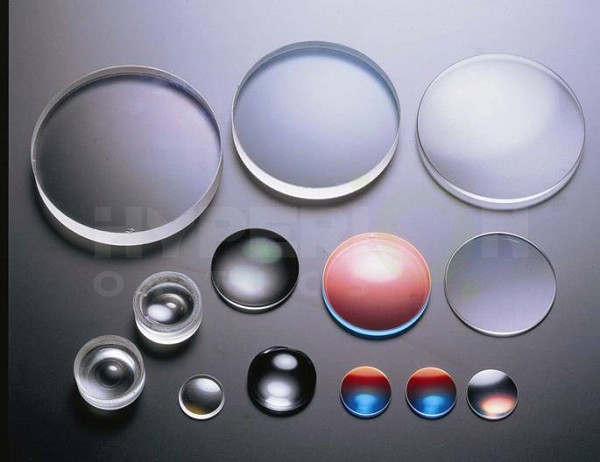When treating the blood poisoning, the doctor will immediately take broad-spectrum antibiotic. But the problem is, in most cases, some bacteria have resistance. However, the current analysis of bacterial resistance in clinical laboratories is a time-consuming process, and the results are too late for patients. Now, scientists in Germany have developed a new technology that can give results in just nine hours.
Patients with septicemia need medical personnel to give rapid diagnosis and treatment. But without a clear diagnosis, they immediately use the broad-spectrum antibiotics, so the treatment effect is not ideal. For example, some bacteria are resistant to drugs. Laboratory identifies the Pathogen, and tests drug resistance, which usually takes 60 to 100 hours. But patient's time is precious, in most cases, leukemia will cause patients death within 48 hours. Sixty thousand people die every year in Germany because of blood poisoning. The treatment of identified Cause will greatly improve the survival rate of the patients. German scientists make rapid detection has become a reality. Their test method can get the results in just nine hours.
Researchers develop a miniaturized optical design. The first step in detection is to label pathogens that cause sepsis and expose them to the laser environment. This makes researchers can assess the number of pathogens present in the blood. In the next detection, the pathogen was isolated from the blood and entered a separate culture area. In these different culture areas, each area contains a culture mediums with pecific antibiotic. Next, the optical system will record the growth of bacteria in different cultures, and observe and accurately record how bacteria reproduce. Then the most critical step is that algorithm analysis of collected images and bacterial growth curve in the culture zone. This means that researchers can see in a few hours, understand the When treating the blood poisoning, the doctor will immediately take broad-spectrum antibiotic. But the problem is, in most cases, some bacteria have resistance. However, the current analysis of bacterial resistance in clinical laboratories is a time-consuming process, and the results are too late for patients. Now, scientists in Germany have developed the new technology that can give results in just nine hours.
Patients with septicemia need medical personnel to give rapid diagnosis and treatment. But without a clear diagnosis, they immediately use the broad-spectrum antibiotics, so the treatment effect is not ideal. For example, some bacteria are resistant to drugs. Laboratory identifies the Pathogen, and tests drug resistance, which usually takes 60 to 100 hours. But patient's time is precious, in most cases, leukemia will cause patients death within 48 hours. Sixty thousand people die every year in Germany because of blood poisoning. The treatment of identified Cause will greatly improve the survival rate of the patients. German scientists made rapid detection become a reality. Their test method can get the results in just nine hours.
Researchers develop a miniaturized optical design. The first step in detection is to label pathogens that cause sepsis and expose them to the laser environment. This makes researchers assess the number of pathogens present in the blood. In the next detection, the pathogen was isolated from the blood and entered a separate culture area. In these different culture areas, each area contains a culture medium with specific antibiotic. Next, the optical system will record the growth of bacteria in different cultures, and observe and accurately record how bacteria reproduce. Then the most critical step is that algorithm analysis of collected images and bacterial growth curve in the culture zone. This means that researchers can see in a few hours, understand the growth of bacteria in different antibiotics environment, so as to find which antibiotics are resistant to.
In essence, the core of this technology is that bacteria grow in different antibiotics, and can be accurately observed and recorded by the optical system. Using software to analyze the extent of bacterial growth, the system provides data on the number of bacteria and dead bacteria in different auxin cultures. Finally, the system can give a conclusion that what antibiotics are resistance to pathogenic bacteria. This automatic, rapid detection method will undoubtedly bring great detection efficiency, and win more time for leukemia patients to conquer death.


 Call us on:
Call us on:  Email us:
Email us:  9B-4F, No.1 Qingnian Road Liando U Valley,Yuhua International Wisdom Valley, Nanjing, 210039 China
9B-4F, No.1 Qingnian Road Liando U Valley,Yuhua International Wisdom Valley, Nanjing, 210039 China 








 English
English  cn
cn  de
de  es
es  fr
fr 


